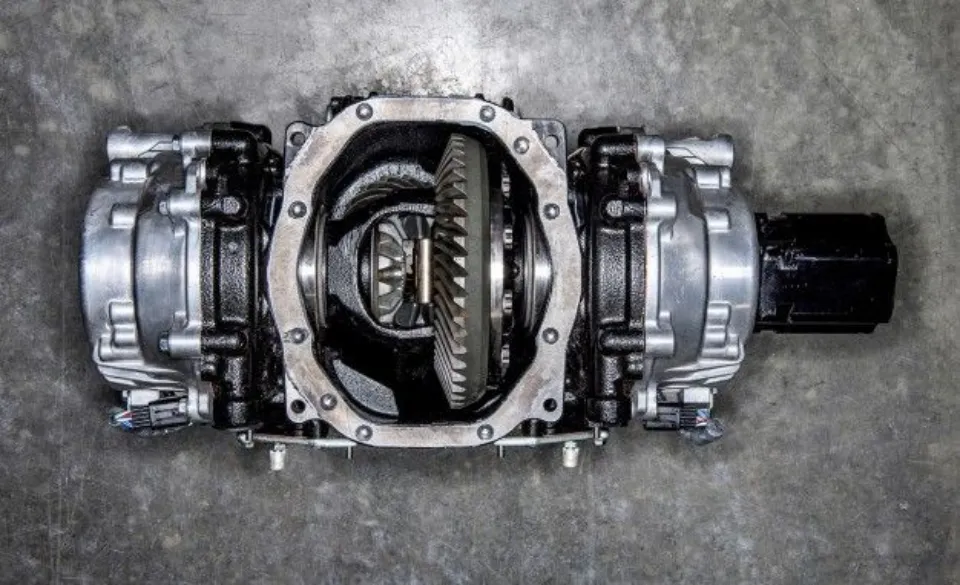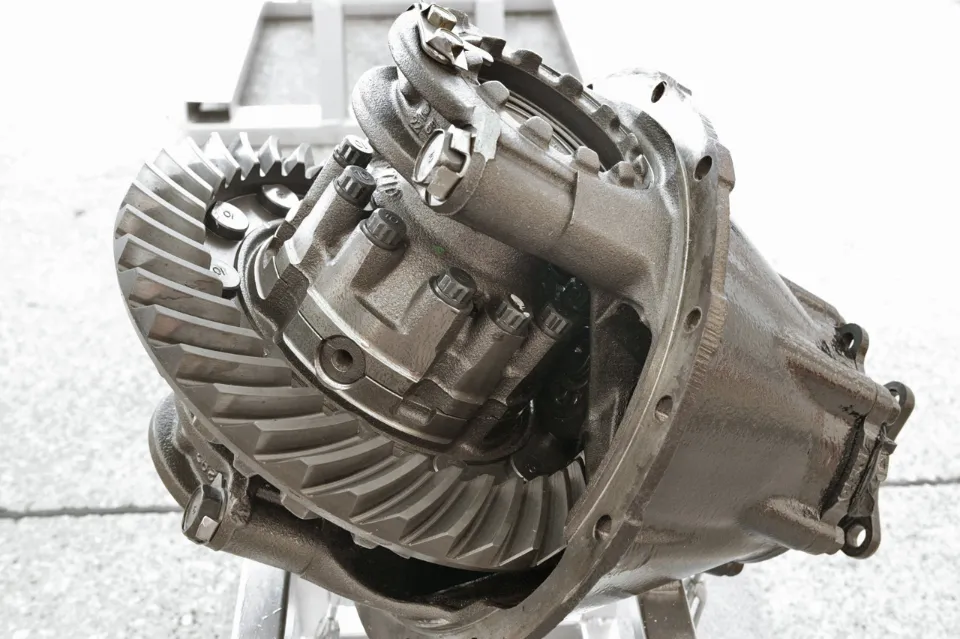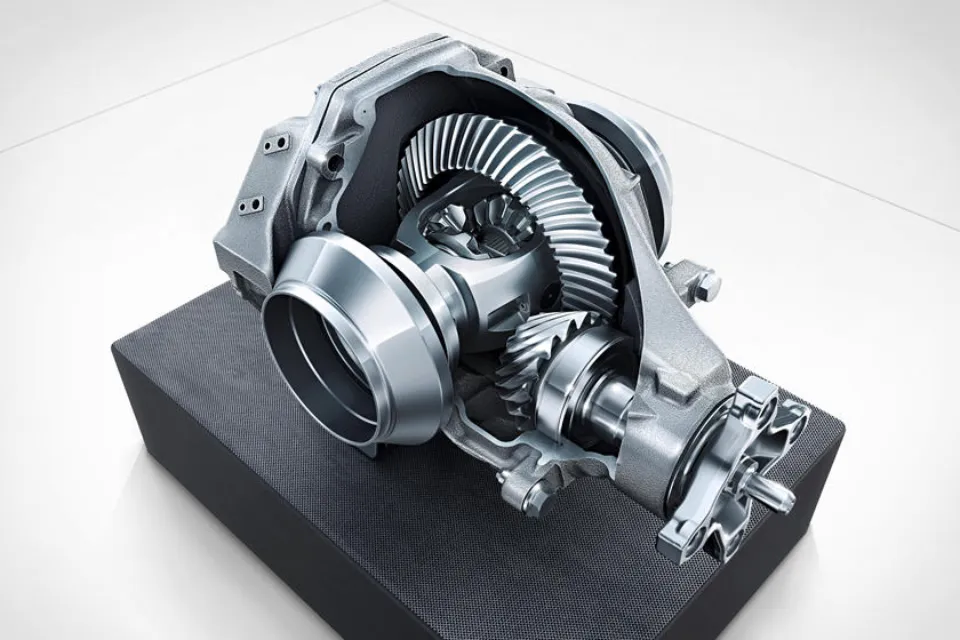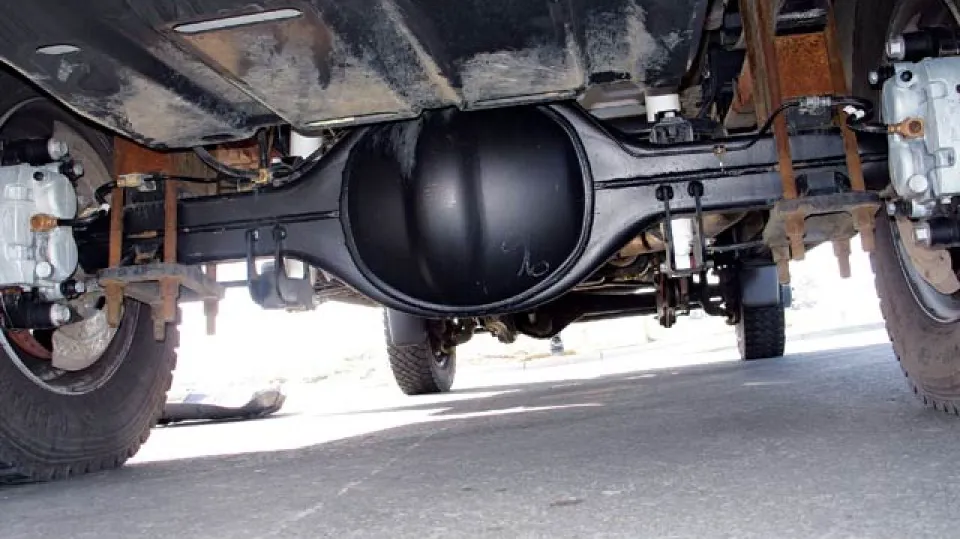
How Differentials Work – Types, Parts, & Diagram
If you’ve read How Car Engines Work, you know how a car gets its power, and if you’ve read How Manual Transmissions Work, you know where the power goes next. In most cars, the differential is the final stop before the power turns the wheels, and this article will explain differentials.
The system that transfers an engine’s torque to the wheels is called the differential. The transmission shaft’s rotation, which is parallel to the motion of the car, is converted to rotational motion by the differential.
What is a Differential?

A differential is, to put it simply, a system that sends the torque from an engine to the wheels. The differential divides the engine’s power, allowing the wheels to spin at various speeds.
Why would I want the wheels to spin at various speeds from one another, you may be asking at this point.
It will probably be painfully clear if you’re a petrolhead. On the other hand, a petrolhead wouldn’t be reading an article outlining how a differential functions.
Imagine a cardboard box car with straw axels and milk bottle cap wheels. It can be moved back and forth as often as you like. Freely and smoothly it will roll.
You won’t encounter any problems turning it around a corner because each wheel can turn independently of the others.
Try now to attach the wheels to the straw axle with glue. As you attempt to turn, you’ll notice that the wheels are now skidding across the floor. This is due to the fact that although all of the wheels are locked together on a single axle, each one must travel a different distance.
Let’s turn the volume up a notch. Assume that you have these locked wheels and are attempting to turn a 2-ton vehicle at 60 mph. The wheels won’t simply skip across the street. They are being pressed firmly into the asphalt. The entire vehicle’s structure was severely strained by these powerful forces.
You’ll find it difficult to turn at all, much less quickly and securely.
To connect the wheels to the engine’s power output while allowing each to move at a different speed from the other, engineers had to come up with a clever solution.
How Differentials Work?

A fully developed modern differential appears to be incredibly complex.
But if you dissect it methodically and grasp the core ideas behind what it’s attempting to accomplish and how, you’ll see that it’s actually quite a lovely thing.
Take a look at this video from Chevrolet Motors for a historical perspective on the differential.
Let’s talk a little bit more about a limited slip differential (LSD) now that we are familiar with the basics of a differential, or an “open differential” in this case.
Try to power out of a tight bend at 50 mph while you’re on the racetrack. There will be the least amount of resistance for all that power to travel through.
The entire weight has been shifted to one side. All of that power will only serve to spin the inside wheel, causing either a significant loss of power or a spin and catastrophic crash.
To lessen this drive loss, there is the LSD. In order to redistribute torque to each wheel and put as much power down as possible, a clutch system applies friction to each side of the axle. You may even be able to maneuver the vehicle through a bend using nothing but force if you have good driving skills.
The entire differential mechanism, as we’re sure you can imagine, must withstand a tremendous amount of force, which is just one of the reasons those components are constructed of the strongest materials possible. not milk bottle caps and straws.
Differentials must be very robust. You could get away with using less expensive metals when cars were slower and less demanding. Simply put, this is not the case today.
Today’s cars are capable of safely negotiating corners at relatively high speeds and can travel at speeds of over 90 mph without feeling uncomfortable. High-end parts are no longer only used on race tracks.
Why Do You Need a Differential?

Different speeds are used by car wheels, particularly when turning. The animation shows that the inside wheels travel a smaller distance through the turn than the outside wheels, and that each wheel travels a different distance through the turn. The wheels that travel a shorter distance do so at a lower speed because speed is calculated as the distance traveled divided by the time required to cover that distance. Also keep in mind that the front wheels move farther than the back wheels.
For the non-driven wheels on your car — the front wheels on a rear-wheel drive car, the back wheels on a front-wheel drive car — this is not an issue. They spin separately because they are not connected. But because the driven wheels are connected, a single engine and transmission can turn both of them. The wheels of your car would have to be locked together and made to spin at the same speed if it lacked a differential. This would make turning challenging and challenging on your car because one tire would have to slip in order for the car to be able to turn. It takes a lot of force to cause a tire to slip on modern tires and concrete roads. The axle’s parts would be put under a great deal of stress as that force would need to be transferred from one wheel to another through it.
Conclusion
In order for an axle’s wheels to rotate at various speeds while still receiving power from the engine, a differential must be present. The differential functions by using a set of gears to transfer power from the driveshaft to the wheels.
There are two outputs from the differential, one for each wheel. Through a series of gears, the differential transfers its power to the wheels.
The differential’s gears are made to be able to rotate at various speeds. Even though the gears are mated, they are still free to move in relation to one another. When driving around corners or over uneven terrain, the ability for the wheels to rotate at various speeds is essential.
FAQs
What is the Function of a Differential?
The purpose of a differential gear system is to allow various drive wheels—powered by the engine—to rotate at various speeds on the same axle, as when a car turns.
What is An EGerodisc Differential?
In this differential system, hydraulic pressure is provided by a gerotor pump operating under differential action. The piston is under pressure, which is modulated by a pressure-regulating valve, compressing the clutch-pack to produce the desired torque.
What is a Gerotor Pump?
A clutch pack is hydraulically compressed by the gerotor to operate. The housing and one axle shaft are used by the gerotor pump to drive each side of the pump independently. This is also speed-sensitive because the hydraulic pump only activates when one side is spinning more quickly than the other, but the hydraulics activate more quickly than the viscous type and the clutch pressure can be maintained at lower speed differentials.


Average Rating